Home>Articles>How Do I Know If My Gas Fireplace Can Burn Wood
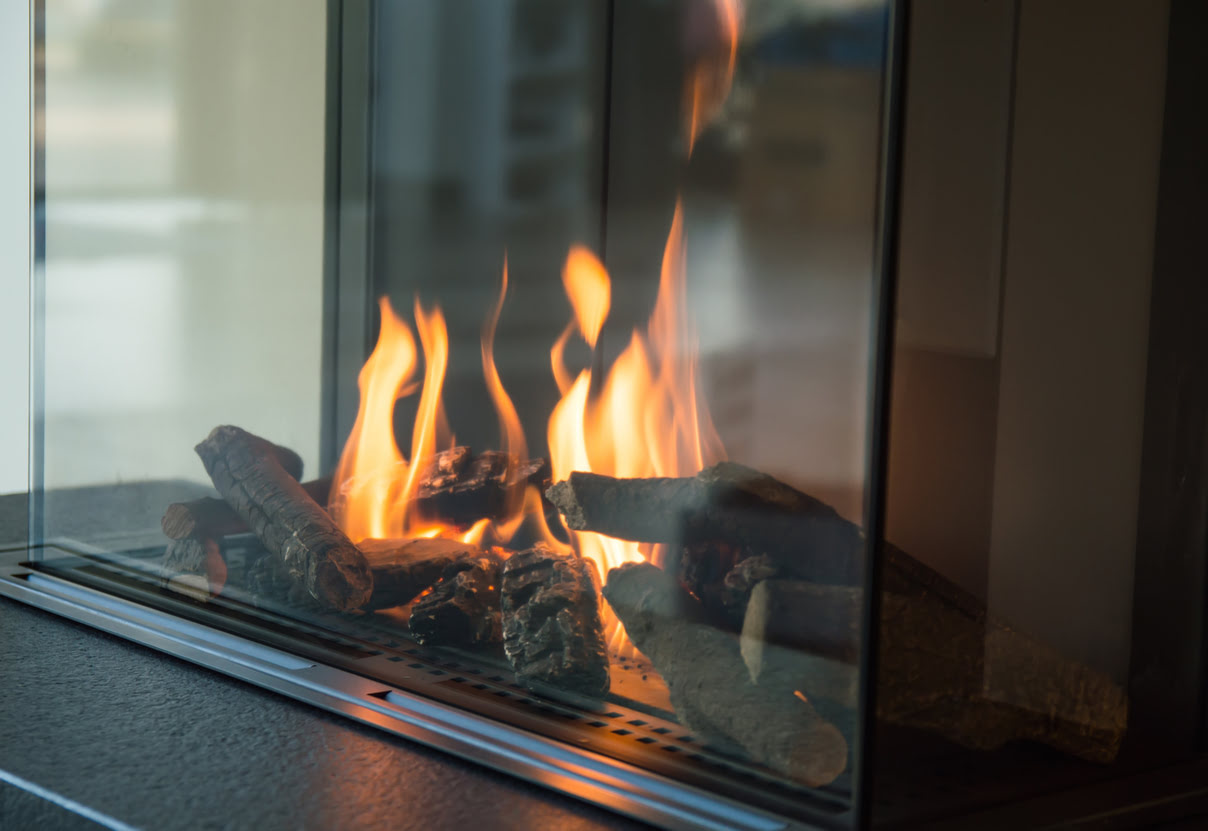

Articles
How Do I Know If My Gas Fireplace Can Burn Wood
Modified: January 9, 2024
Discover if your gas fireplace is capable of burning wood with this informative articles on how to determine if your fireplace is suitable for wood-burning.
(Many of the links in this article redirect to a specific reviewed product. Your purchase of these products through affiliate links helps to generate commission for Storables.com, at no extra cost. Learn more)
Introduction
Fireplaces have long been a symbol of warmth, comfort, and relaxation in homes. For many homeowners, the choice between a gas or wood fireplace can be a dilemma. While gas fireplaces offer convenience and ease of use, there is still a romantic appeal to the crackling sounds and scent of burning wood that a traditional wood fireplace provides.
If you currently own a gas fireplace but find yourself yearning for the nostalgic charm of a wood-burning fire, you may wonder if it’s possible to convert your gas fireplace to burn wood. In this article, we will explore whether or not a gas fireplace can be converted to burn wood, and the factors you need to consider before making this decision.
Before we dive into the details, let’s take a moment to understand the basic types of gas fireplaces and how they differ from wood fireplaces.
Key Takeaways:
- Converting a gas fireplace to burn wood requires careful consideration of factors such as venting, firebox design, and safety measures, along with consulting professionals to ensure a successful and safe conversion.
- Understanding the differences between gas and wood fireplaces, inspecting the gas fireplace thoroughly, checking local building codes, and consulting professionals are essential steps in determining the feasibility of converting a gas fireplace to burn wood.
Read more: How Do I Know If My Gas Fireplace Is Vented
Understanding Gas Fireplaces
Gas fireplaces are designed to provide warmth and ambience without the need for wood logs. They operate using either natural gas or propane as their fuel source. These fireplaces are highly popular due to their convenience, cleanliness, and efficiency.
There are two main types of gas fireplaces: vented and ventless. Vented gas fireplaces utilize a chimney or vent system to exhaust the combustion gases outside, similar to a traditional wood fireplace. This ensures that all the byproducts of the fuel combustion are safely routed away from the living space. On the other hand, ventless gas fireplaces do not require a chimney or vent system. They rely on a catalytic converter or oxygen depletion sensor to burn the fuel more cleanly. However, they release the combustion byproducts, such as carbon monoxide, nitrogen dioxide, and water vapor, directly into the room.
Gas fireplaces come in various styles and designs, ranging from traditional to contemporary. They often feature a glass front enclosure, realistic ceramic logs, and artificial flames that can be controlled with a remote or a switch. Many models also offer supplementary features like thermostats and blowers to distribute the heat more efficiently.
Although gas fireplaces provide several advantages, they cannot replicate the authentic experience of a wood-burning fire. If you are drawn to the rustic atmosphere and aroma created by burning wood, then converting your gas fireplace to burn wood might be an appealing option for you.
Before making the decision to convert your gas fireplace, it’s essential to understand the significant differences between gas and wood fireplaces.
Differences Between Gas and Wood Fireplaces
Gas fireplaces and wood fireplaces offer distinct characteristics and benefits. Understanding the differences between the two can help you determine if converting your gas fireplace to burn wood is the right choice for you.
1. Convenience: Gas fireplaces are incredibly convenient to use. With just the flip of a switch or push of a button, you can enjoy an instant fire. On the other hand, wood fireplaces require more effort to build and maintain. You need to gather and store firewood, start the fire, and regularly feed it with logs throughout the burning process.
2. Cleanliness: Gas fireplaces are cleaner and require less maintenance compared to wood fireplaces. They produce minimal amounts of ash, soot, and smoke, eliminating the need for frequent cleaning. Wood fireplaces, on the other hand, produce ash and creosote buildup, which require regular cleaning to maintain the efficiency and safety of the chimney.
3. Efficiency: Gas fireplaces have higher heating efficiency as they convert nearly 75-99% of the fuel’s energy into heat. They provide consistent heat output and can warm up larger areas more effectively. Wood fireplaces, while they can provide excellent heat output, have lower heating efficiency and may require more fuel to achieve the desired warmth.
4. Ambience: Wood fireplaces offer a unique ambience that cannot be replicated with a gas fireplace. The sounds, smells, and visual effects of a crackling wood fire create a cozy and nostalgic atmosphere. Gas fireplaces, while they can mimic the appearance of burning wood, lack the authenticity of a real wood-burning fire.
5. Fuel Availability and Cost: Natural gas or propane, used in gas fireplaces, is readily available and often less expensive than firewood, especially in areas where wood is scarce. However, the cost of gas can fluctuate depending on market trends. Firewood, on the other hand, requires a steady supply and may vary in cost depending on the region and the type of wood.
Considering these differences, it’s essential to evaluate the factors that will impact your specific needs and preferences when deciding whether to convert your gas fireplace to burn wood.
Can a Gas Fireplace be Converted to Burn Wood?
Converting a gas fireplace to burn wood is possible in some cases, but it’s crucial to understand that not all gas fireplaces can be converted. The feasibility of the conversion depends on the specific design and construction of the gas fireplace.
Before making any modifications, it’s essential to consult the manufacturer’s guidelines and warranty information. Some manufacturers may explicitly state that their gas fireplaces are not intended to be converted to burn wood, and attempting to do so could void the warranty or compromise the safety of the unit.
If the manufacturer allows the conversion, you will need to consider the following factors:
1. Gas Line and Venting System: Converting a gas fireplace to burn wood requires disconnecting the gas line and, in some cases, modifying the venting system. Gas fireplaces typically have specialized vents or flues designed specifically for gas combustion, which may not be suitable for wood fires. It’s important to ensure that the venting system can handle the higher temperatures and the byproducts associated with burning wood.
2. Firebox Design: The firebox, which houses the burning fuel, needs to be evaluated to determine if it is suitable for wood burning. Gas fireplaces often have different construction materials and dimensions compared to wood fireplaces. The firebox must be able to withstand the intense heat generated by burning wood logs, without causing any structural damage or safety hazards.
3. Chimney and Clearances: Wood burning requires a properly functioning chimney to safely exhaust the smoke and combustion byproducts. Before converting, you need to ensure that your gas fireplace has a chimney that meets the necessary requirements for wood burning. Additionally, clearances to combustible materials, such as the surrounding walls and floor, must comply with local building codes and regulations.
4. Safety Considerations: Converting a gas fireplace to burn wood requires careful attention to safety. Wood fires generate more heat and produce sparks and embers that may pose fire risks if not properly contained. It is important to install appropriate safety features, such as fire-resistant materials, screens, and doors, to prevent accidents and ensure the safe operation of the wood-burning fireplace.
Remember that converting a gas fireplace to burn wood is not a DIY project. It is recommended to hire a professional fireplace installer or technician who specializes in conversions to ensure that the process is carried out safely and meets all necessary requirements.
Next, we will explore the factors to consider when determining if your gas fireplace can be converted to burn wood.
Factors to Consider When Determining if a Gas Fireplace Can Burn Wood
Converting a gas fireplace to burn wood requires careful evaluation of specific factors to ensure a successful and safe conversion. Here are the key considerations to keep in mind:
1. Manufacturer Recommendations: Review the manufacturer’s guidelines and warranty information for your gas fireplace. Some manufacturers explicitly state whether their units can be converted to burn wood or not. It’s important to follow their recommendations to avoid voiding the warranty or risking the safety of the fireplace.
2. Gas Line and Venting System: Assess the gas line and venting system of your gas fireplace to determine if it can be modified to accommodate wood burning. The gas line will need to be disconnected, and the venting system may need to be adjusted to handle the higher temperatures and emissions associated with wood fires. Consulting with a professional is crucial to ensure proper modifications are made.
3. Firebox Design and Construction: Evaluate the firebox of your gas fireplace to determine if it is suitable for wood burning. The firebox must be constructed with materials that can withstand the intense heat of wood fires without compromising safety. It should have sufficient space and clearance for wood logs and proper airflow to support the combustion process.
4. Chimney Compatibility: Check if your gas fireplace has a chimney that is compatible with wood burning. Wood fires produce more smoke and byproducts that require a fully functioning chimney system to safely exhaust them. The chimney should be structurally sound and in compliance with local building codes and regulations for wood-burning fireplaces.
5. Clearances and Safety Measures: Ensure that the gas fireplace and surrounding area can meet the necessary clearances for wood burning. Wood fires produce intense heat, sparks, and embers that require proper clearance from combustible materials like walls and flooring. Installing fire-resistant materials, such as hearth extenders, and incorporating safety features like screens and doors will help prevent accidents and ensure safe operation.
6. Local Building Codes and Regulations: Familiarize yourself with the building codes and regulations in your area regarding wood-burning fireplaces. Some jurisdictions have specific requirements for the installation and operation of wood-burning appliances. It is crucial to comply with these codes to ensure the safety and legality of the conversion.
7. Professional Assessment: Hiring a professional fireplace installer or technician who specializes in conversions is highly recommended. They have the expertise and knowledge to assess the feasibility of converting your gas fireplace to burn wood. They can evaluate the specific factors mentioned above and provide guidance on the best course of action to achieve your desired wood-burning fireplace.
By considering these factors and seeking the advice of professionals, you can make an informed decision about whether converting your gas fireplace to burn wood is viable and safe.
Check the manufacturer’s specifications and guidelines for your gas fireplace. If it is not designed to burn wood, do not attempt to use it for that purpose as it can be dangerous and may void the warranty.
Inspecting the Gas Fireplace
Before undertaking any conversion process, it is essential to thoroughly inspect your gas fireplace. This inspection will help determine the condition and suitability of the fireplace for a wood-burning conversion. Here are the key areas to inspect:
1. Gas Components: Start by examining the gas components of the fireplace, including the gas burner, gas valve, and gas lines. Look for any signs of wear, damage, or corrosion. Ensure that the gas connections are secure and that there are no gas leaks. If you notice any issues or suspect gas leaks, it is crucial to contact a professional technician for repairs before proceeding with the conversion.
2. Venting System: Inspect the venting system of the gas fireplace, including the chimney or flue and the termination cap. Look for any blockages, debris buildup, or damage. The venting system must be in good working order to safely exhaust the byproducts of wood combustion. Ensure that the venting system is suitable for wood fires in terms of size, materials, and clearances.
3. Firebox and Hearth: Examine the firebox and hearth of the gas fireplace. Check for any cracks, deterioration, or signs of heat damage. The firebox should be constructed with materials that can withstand the high temperatures generated by burning wood. Ensure that the firebox is deep enough to accommodate wood logs and that the hearth has sufficient clearance and fire-resistant materials to protect the surrounding area.
4. Chimney: If your gas fireplace has a chimney, thoroughly inspect it. Look for any signs of crumbling bricks, deteriorating mortar, or chimney liner damage. These issues can compromise the structural integrity and safety of the chimney. Ensure that the chimney is in compliance with local building codes and regulations for wood-burning fireplaces.
5. Clearances and Safety Features: Evaluate the clearances of the gas fireplace and surrounding area. Check for proper distance from combustible materials such as walls, furniture, curtains, and flooring. Ensure that there are adequate safety features in place such as screens, doors, and spark arrestors to prevent sparks and embers from escaping the firebox.
6. Professional Inspection: While a thorough visual inspection can provide valuable information, it is recommended to have a professional fireplace inspector assess your gas fireplace. They have the expertise to identify any hidden issues, perform gas leak tests, and ensure compliance with safety standards. They can also provide guidance on the feasibility of converting your gas fireplace to burn wood based on their findings.
Remember, safety is paramount when converting a gas fireplace to burn wood. If any issues or concerns arise during the inspection process, it is advisable to consult with a professional technician or fireplace installer before proceeding with the conversion.
Checking Local Building Codes and Regulations
When considering a conversion from a gas fireplace to a wood-burning one, it is crucial to familiarize yourself with the local building codes and regulations in your area. These codes and regulations are in place to ensure the safety and compliance of fireplace installations. Here’s why checking them is essential:
1. Safety and Compliance: Building codes and regulations regarding fireplace installations are designed to ensure safety in residential and commercial buildings. They outline requirements for clearances, venting, chimney construction, and other important aspects of fireplace installations. Adhering to these codes helps to minimize the risk of fire hazards and ensure the safe operation of your wood-burning fireplace.
2. Permit Requirements: Many jurisdictions require permits for fireplace installations, especially when switching from a gas to a wood-burning fireplace. Obtaining the necessary permits ensures that the conversion is done correctly and in accordance with local regulations. Failure to obtain the required permits can result in fines and potential difficulties when selling or insuring your property.
3. Clearances and Venting: Building codes specify clearances that must be maintained between the fireplace and combustible materials such as walls, floors, and furniture. These clearances help prevent fires and ensure proper ventilation. Additionally, codes outline specific requirements for venting systems and chimney construction to ensure the safe expulsion of smoke and combustion byproducts.
4. Environmental Regulations: In some areas, there may be specific regulations relating to air quality and emissions from wood-burning appliances. These regulations may restrict the use of certain types of wood or require the installation of emission control devices. It’s important to be aware of these regulations to ensure compliance and minimize the environmental impact of your wood-burning fireplace.
5. Home Insurance Considerations: Insurance companies may have specific requirements or restrictions when it comes to wood-burning fireplaces. They may require proof of compliance with local building codes and regulations before providing coverage or adjusting your policy. Checking the local regulations will ensure that your fireplace meets the necessary criteria for insurance purposes.
It is recommended to consult with your local building department or a qualified professional to obtain accurate information regarding the specific codes and regulations applicable to your area. They can provide guidance on the requirements, permits, and inspections necessary for converting your gas fireplace to a wood-burning one.
By carefully adhering to the local building codes and regulations, you can ensure the safe and legal operation of your wood-burning fireplace and enjoy the warmth and ambiance it brings to your home.
Consulting a Professional
When considering the conversion of a gas fireplace to burn wood, it is important to consult with a professional fireplace installer or technician. Their expertise and experience will ensure that the conversion process is carried out safely, efficiently, and in compliance with all relevant regulations. Here’s why consulting a professional is essential:
1. Knowledge and Expertise: Fireplace professionals have in-depth knowledge of various fireplace systems and the technical aspects involved in conversions. They understand the complexities of converting a gas fireplace to burn wood and can provide valuable insights into the feasibility of the project. They can assess the structural integrity of the existing fireplace, evaluate the venting system, and determine if modifications are necessary.
2. Compliance with Codes and Regulations: Professionals are well-versed in local building codes and regulations concerning fireplace installations. They will ensure that the conversion is done in accordance with these codes, including clearances, venting requirements, and safety features. By working with a professional, you can have peace of mind, knowing that your wood-burning fireplace will be compliant and safe.
3. Safety Considerations: Safety should be the top priority when converting a gas fireplace to burn wood. Professionals have the necessary training and expertise to ensure that the installation meets the highest safety standards. They will assess factors such as proper venting, firebox construction, clearances, and the inclusion of safety features like screens or doors. Their knowledge will help prevent potential hazards and ensure that the fireplace operates safely for years to come.
4. Proper Installation and Performance: A professional will ensure that the conversion is done correctly and that the wood-burning fireplace performs optimally. They will install the necessary components, such as a proper chimney liner or gas line removal, to support the wood-burning system. They can also recommend and install firebox liners, dampers, and other modifications to enhance the performance and efficiency of the fireplace.
5. Warranty and Insurance Considerations: Converting a gas fireplace to burn wood may have implications for warranties and insurance coverage. Professionals can provide guidance on how the conversion may affect existing warranties and advise on any necessary updates to insurance policies. They can also provide documentation and certifications that may be required by insurers or for future home sales.
6. Troubleshooting and Maintenance: In addition to the initial conversion, professionals can provide ongoing assistance with troubleshooting and maintenance. They can address any issues that may arise after the conversion, provide tips for proper operation and maintenance of the wood-burning fireplace, and perform regular inspections to ensure its continued performance and safety.
When it comes to converting a gas fireplace to burn wood, consulting a professional is the best approach to ensure a successful and safe conversion. They will guide you through the process, from assessing the feasibility of the conversion to providing expert installation and ongoing support.
Concluding our discussion, it’s important to carefully consider all the factors discussed in this article, inspect your gas fireplace, check the local building codes and regulations, and consult with a professional before proceeding with the conversion. By taking these proactive steps, you can make an informed decision and enjoy the cozy warmth of a wood-burning fireplace in your home.
Conclusion
The decision to convert a gas fireplace to burn wood is a significant one that requires careful consideration. While the idea of a traditional wood-burning fire may be enticing, it’s crucial to assess various factors and consult with professionals to ensure a successful and safe conversion.
Understanding the differences between gas and wood fireplaces is essential. Gas fireplaces offer convenience, cleanliness, and efficiency, while wood fireplaces provide a unique ambience and nostalgic charm. If you desire the authentic experience of a wood fire, converting your gas fireplace might be an appealing option.
Before pursuing a conversion, it’s important to determine if your gas fireplace can be converted. Assess the gas line, venting system, firebox design, and chimney compatibility to ensure they are suitable for wood burning. It’s crucial to follow the manufacturer’s guidelines and consult with professionals to avoid warranty issues and safety concerns.
Inspecting the gas fireplace thoroughly is a critical step. Check the gas components, venting system, firebox, and chimney for any damage or issues that need to be addressed before the conversion takes place. Engaging the expertise of a professional fireplace installer or technician will provide further guidance and ensure compliance with local building codes and regulations.
Checking local building codes and regulations is vital to ensure compliance with safety standards. Permit requirements, clearances, and environmental regulations must be followed. Complying with these codes will ensure the safe operation of your wood-burning fireplace and prevent potential fines or difficulties with insurance and future home sales.
Lastly, consulting a professional is highly recommended throughout the conversion process. Fireplace professionals possess the knowledge, expertise, and experience to assess the feasibility of the conversion, ensure proper installation, comply with safety requirements, and provide ongoing maintenance and support.
By considering all these factors, inspecting your gas fireplace, complying with local regulations, and consulting professionals, you can make an informed decision about converting your gas fireplace to burn wood. With proper planning and execution, you can enjoy the warmth, ambiance, and timeless charm of a wood-burning fire in your home.
Frequently Asked Questions about How Do I Know If My Gas Fireplace Can Burn Wood
Was this page helpful?
At Storables.com, we guarantee accurate and reliable information. Our content, validated by Expert Board Contributors, is crafted following stringent Editorial Policies. We're committed to providing you with well-researched, expert-backed insights for all your informational needs.
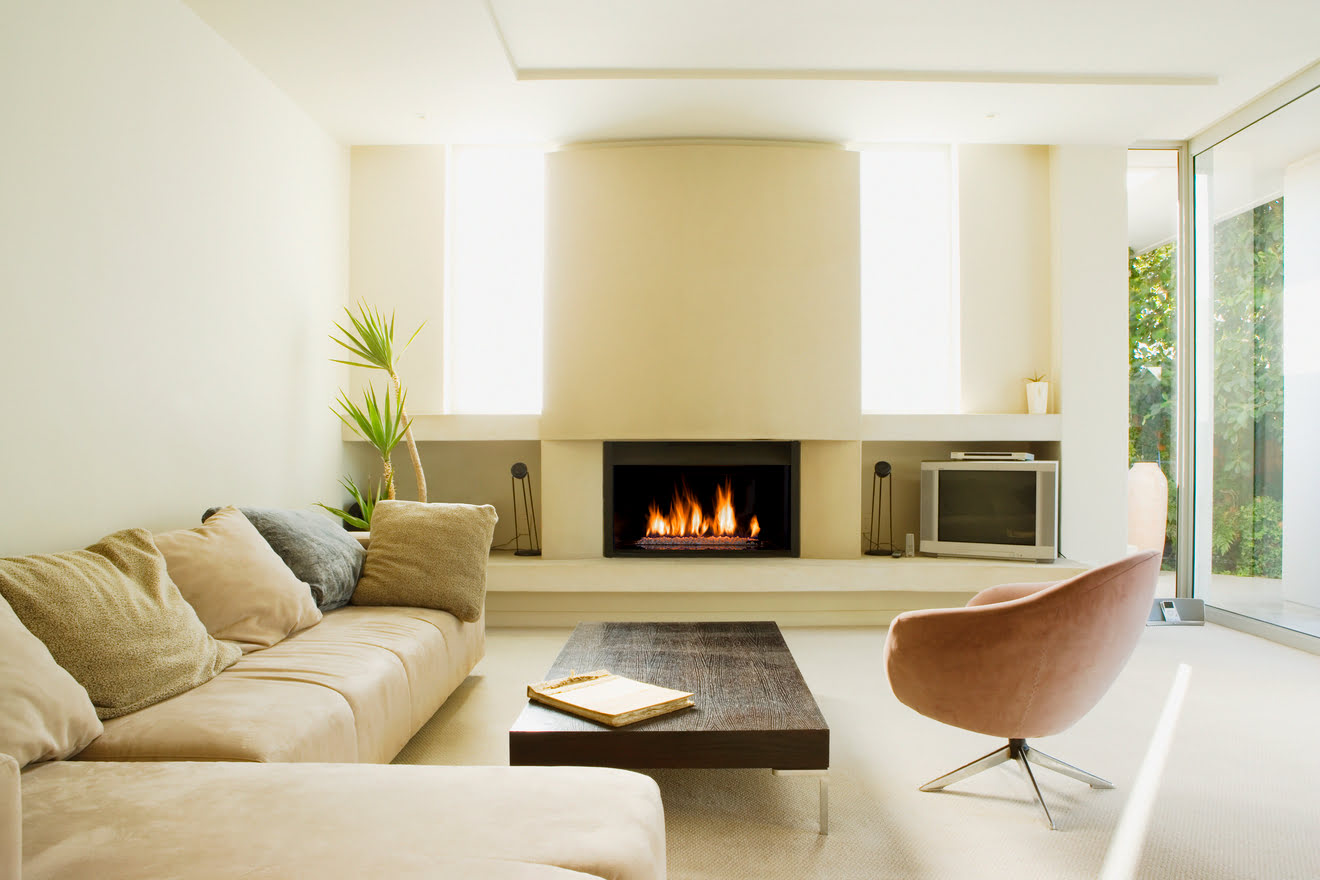
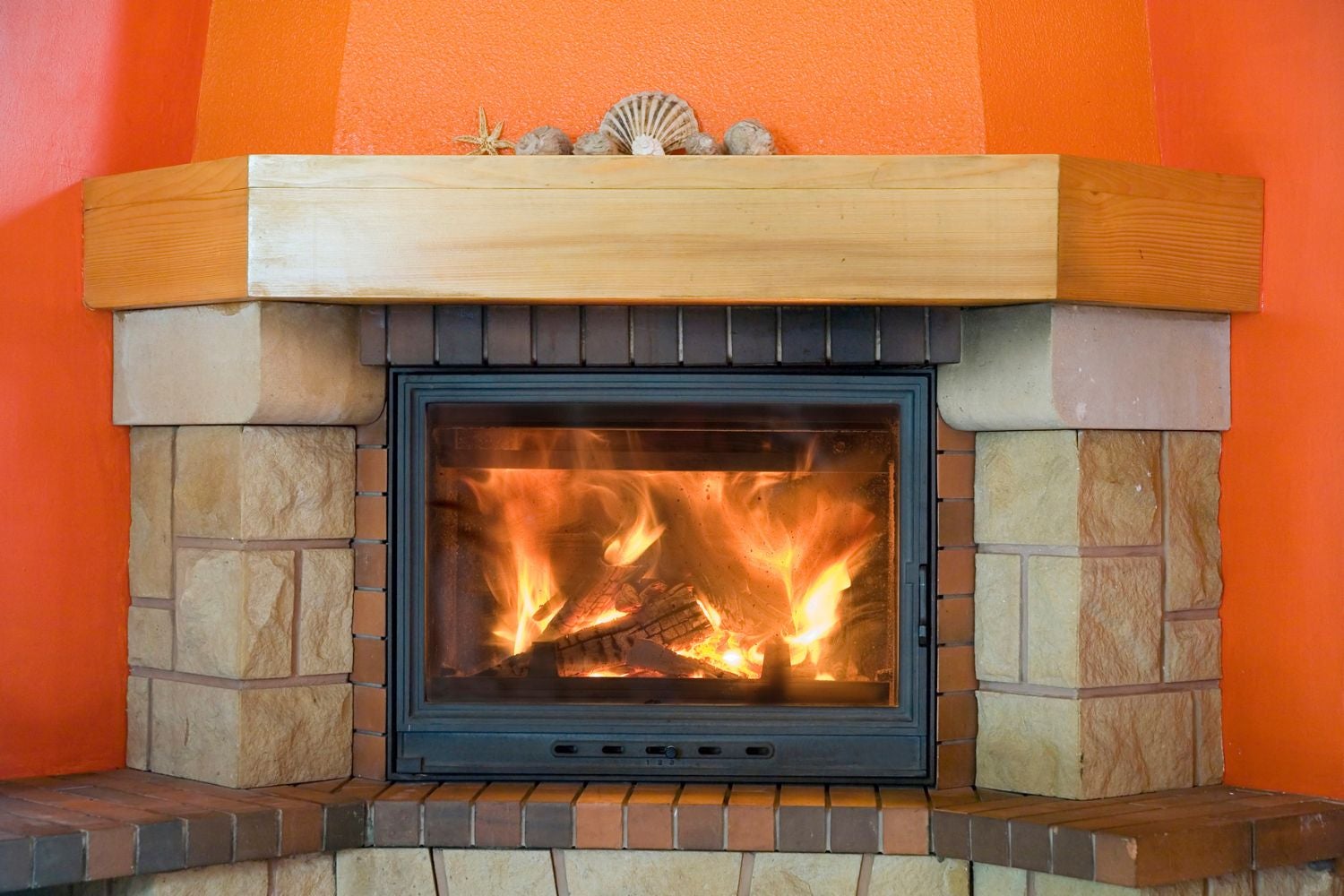
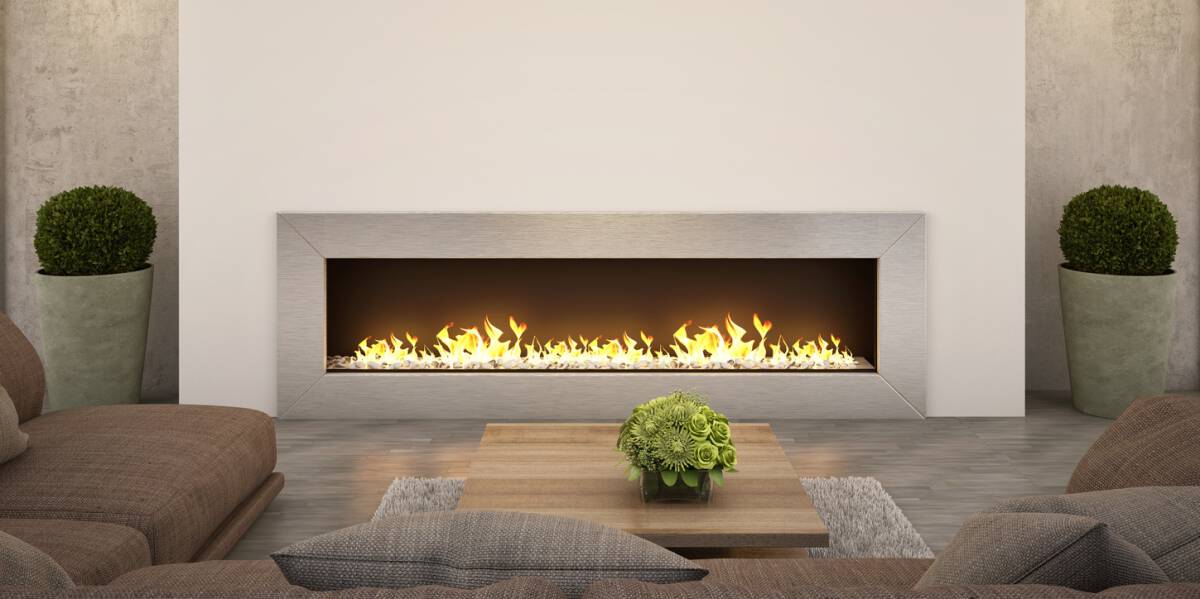

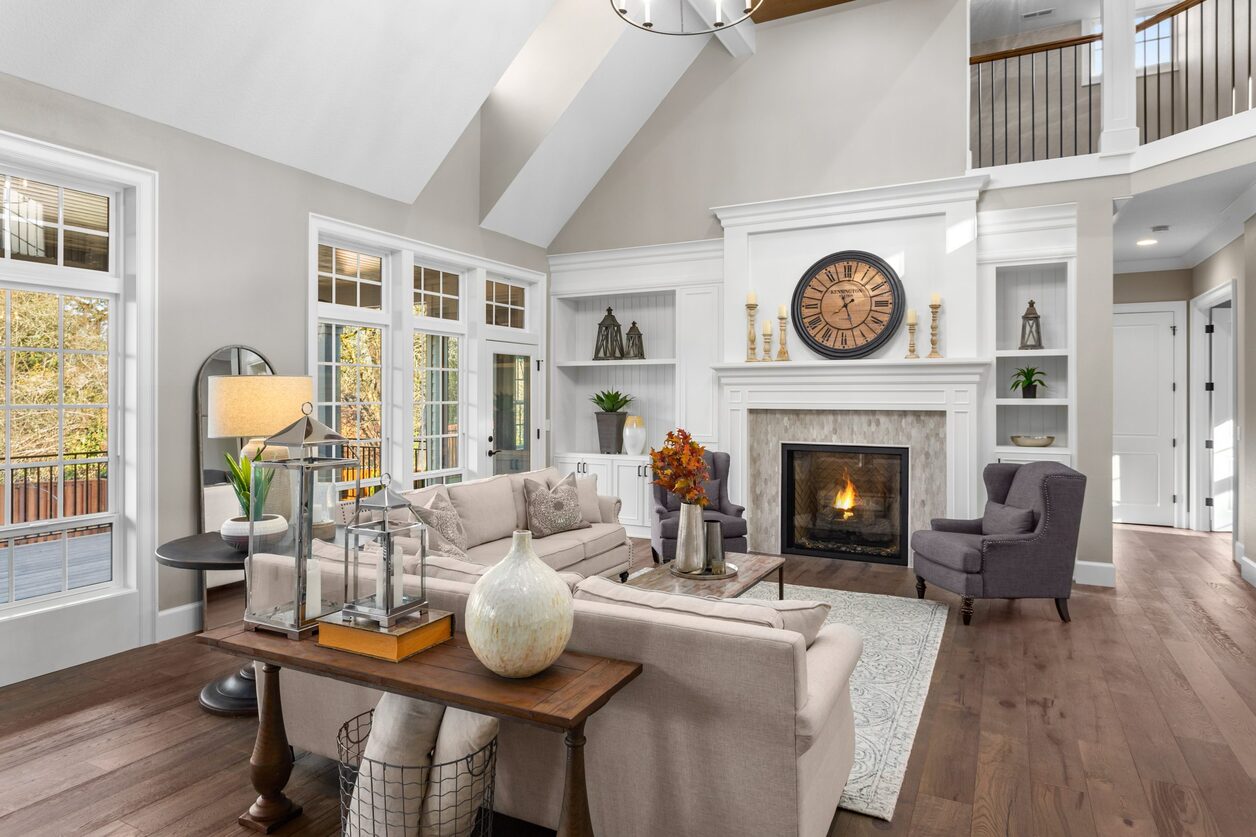
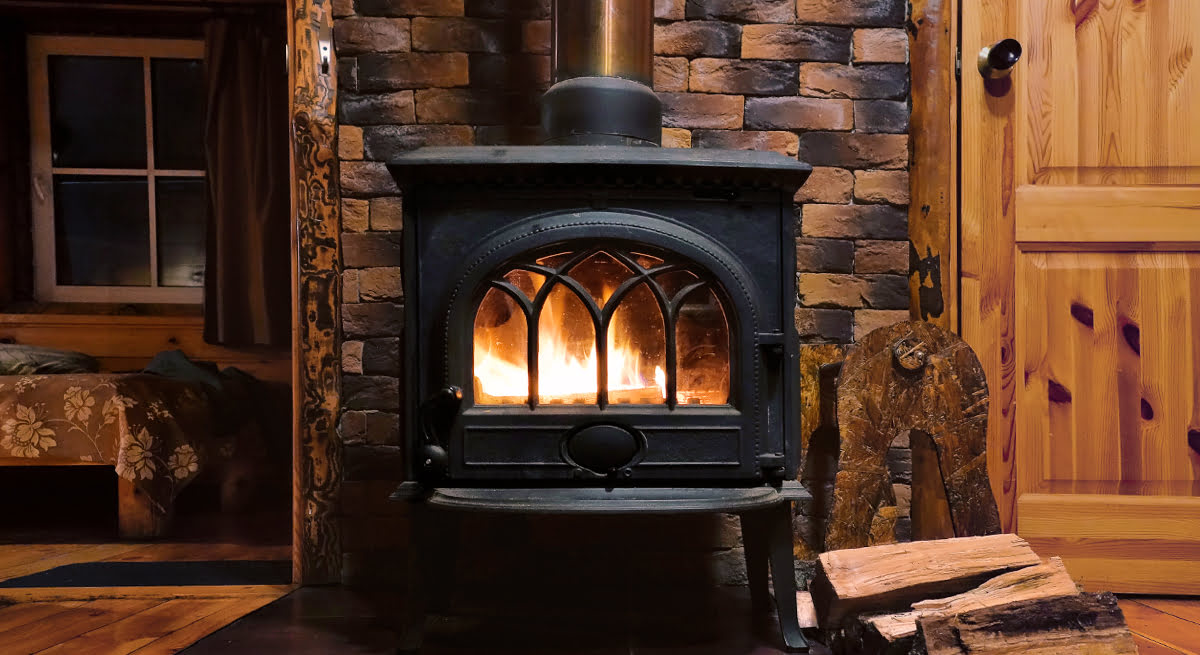
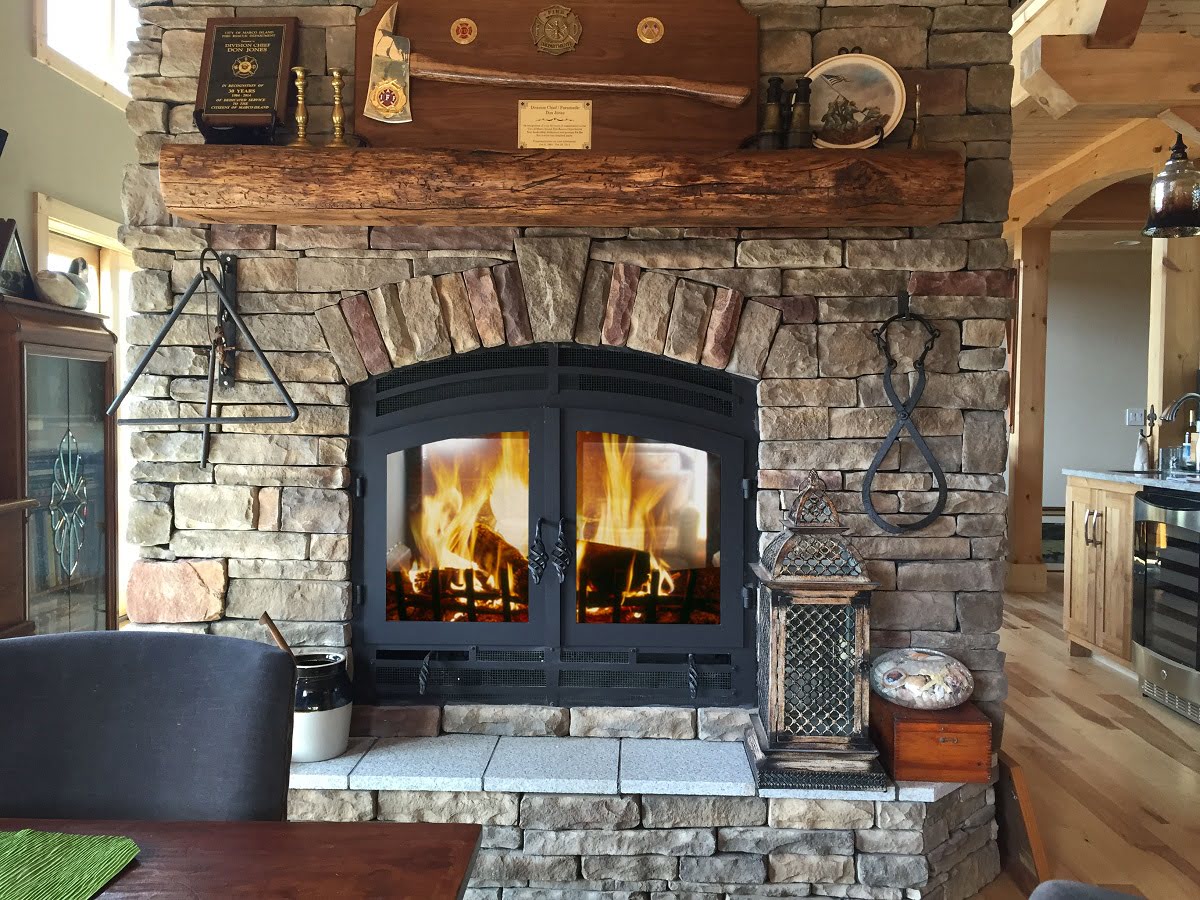
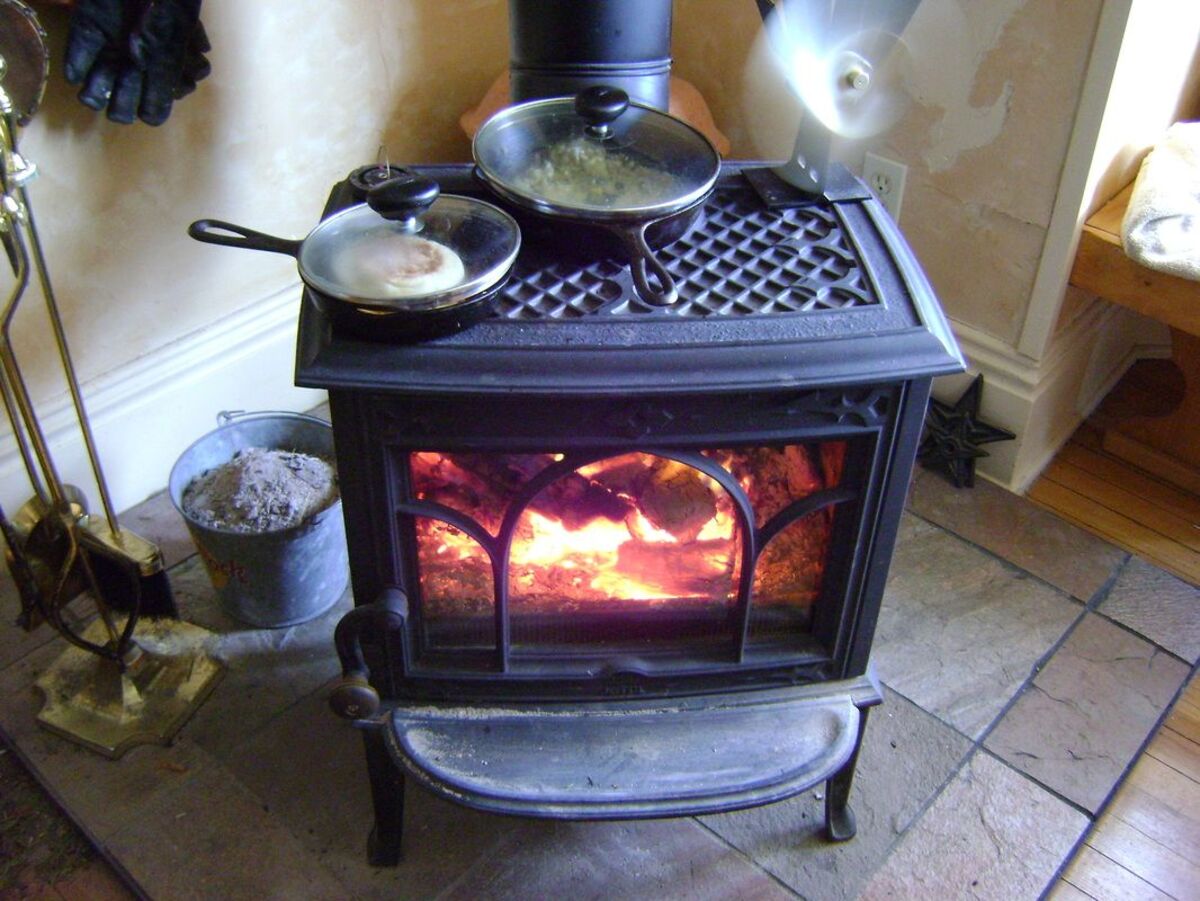
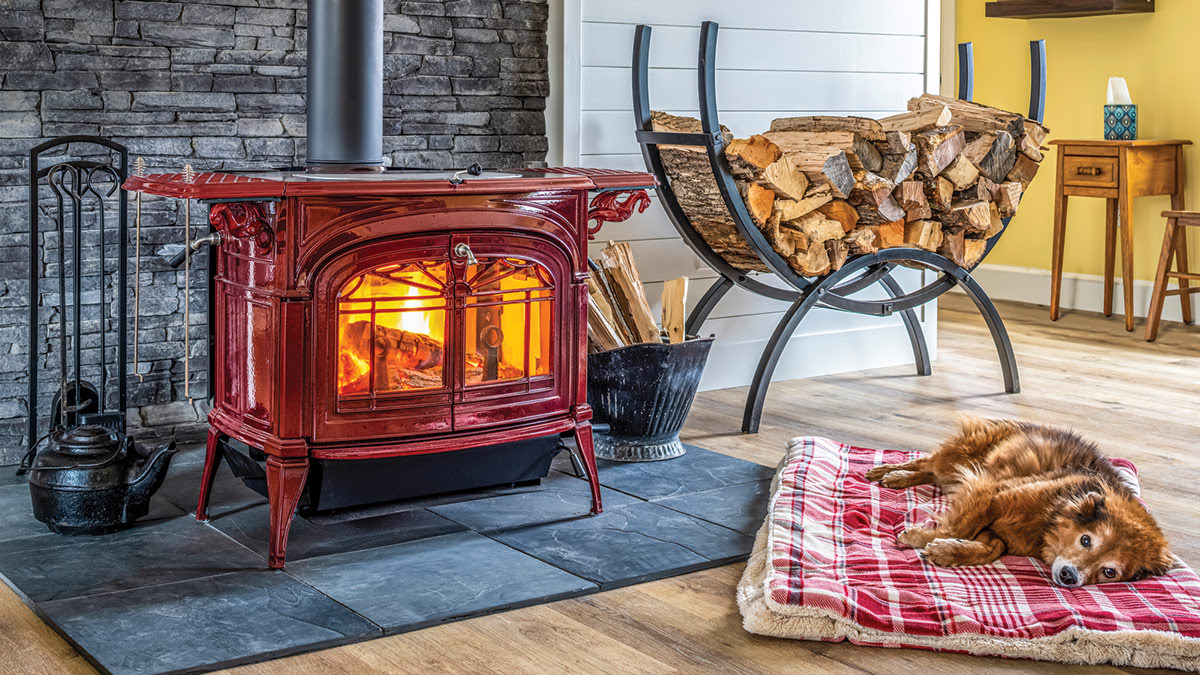
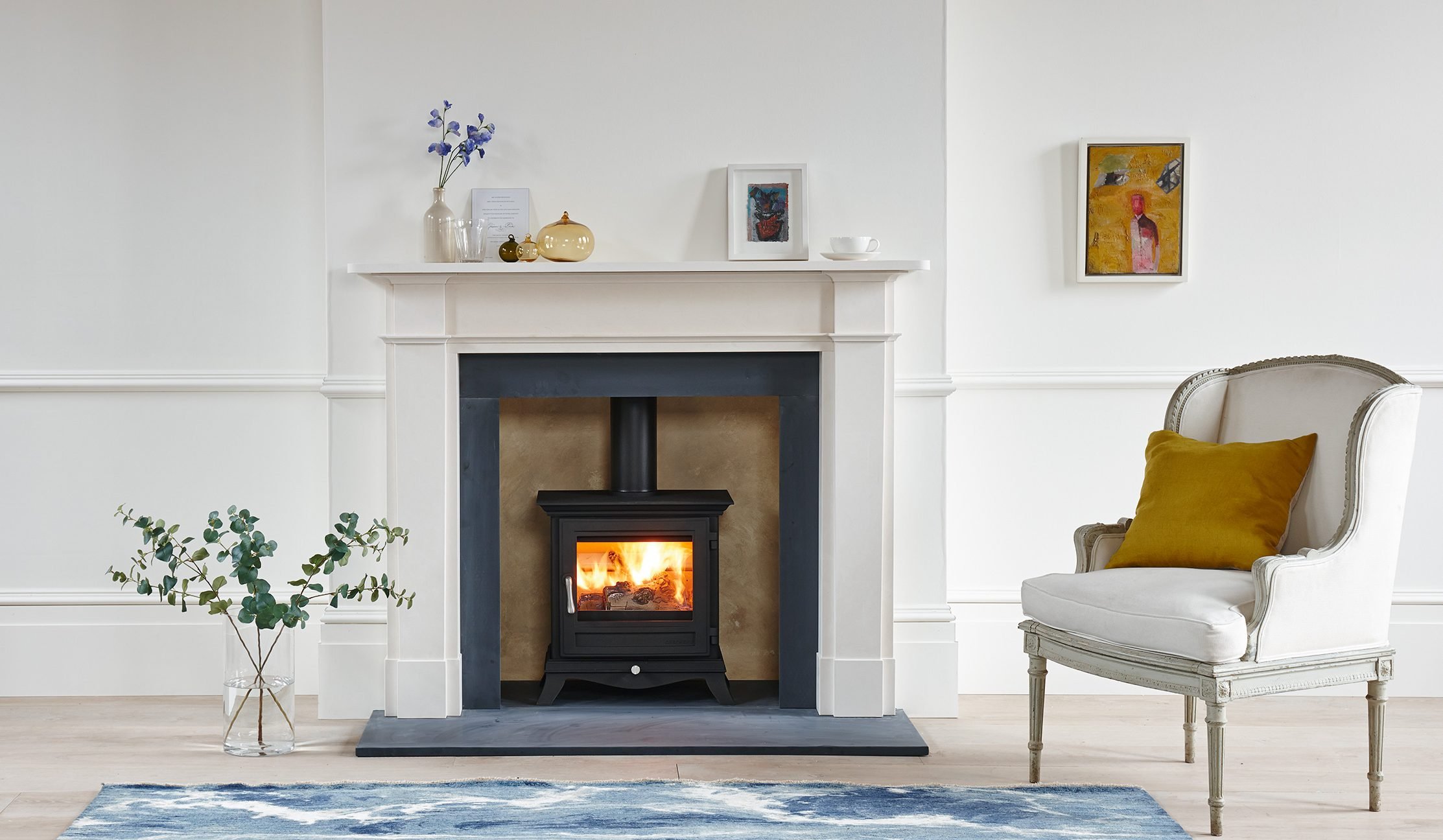

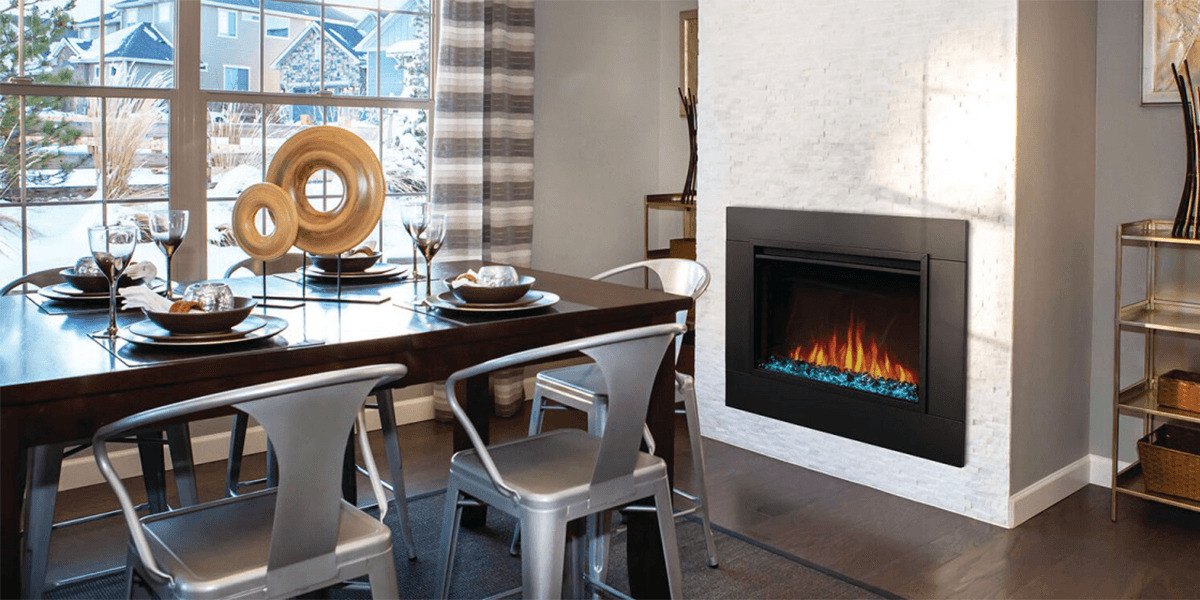
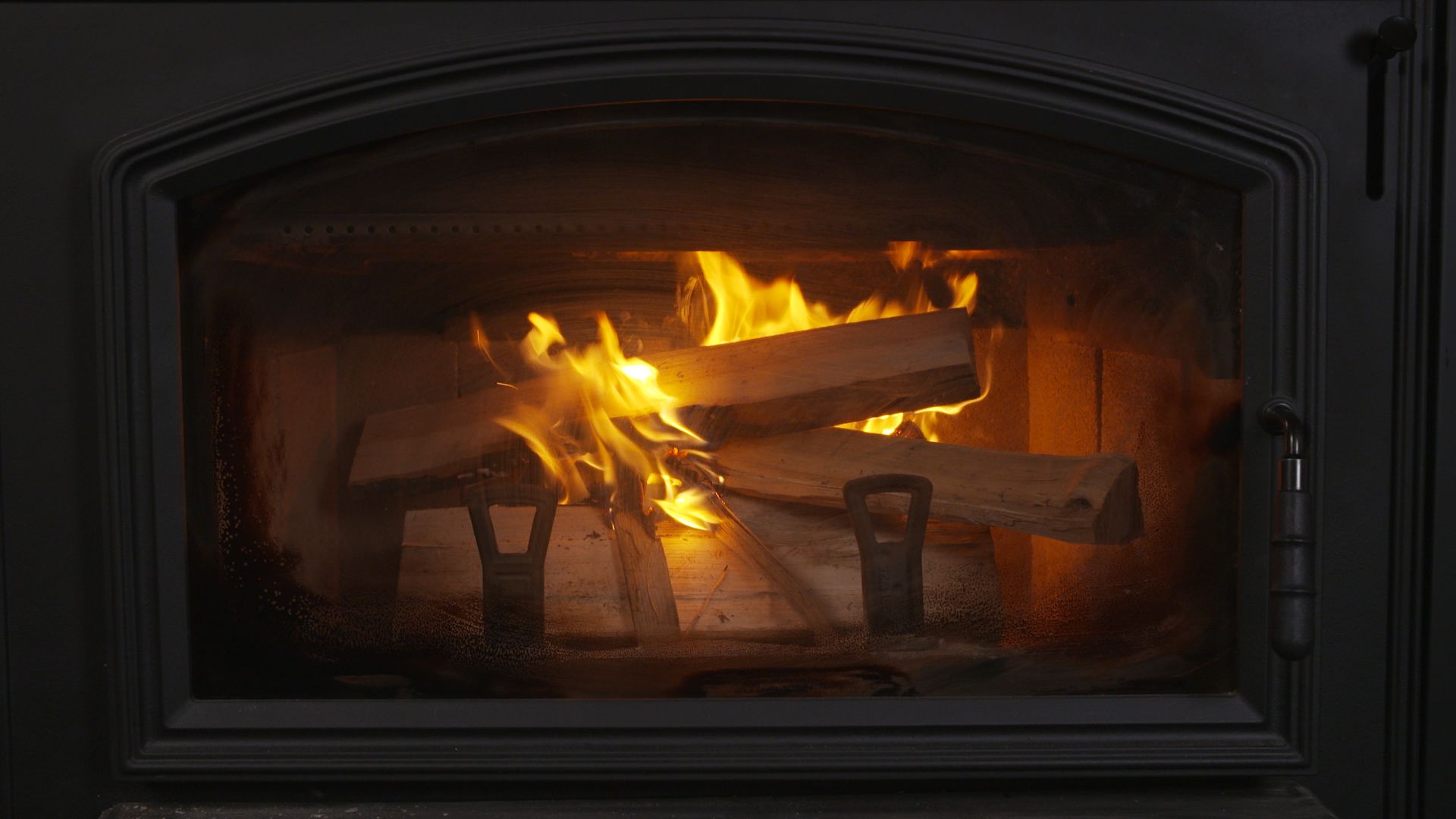
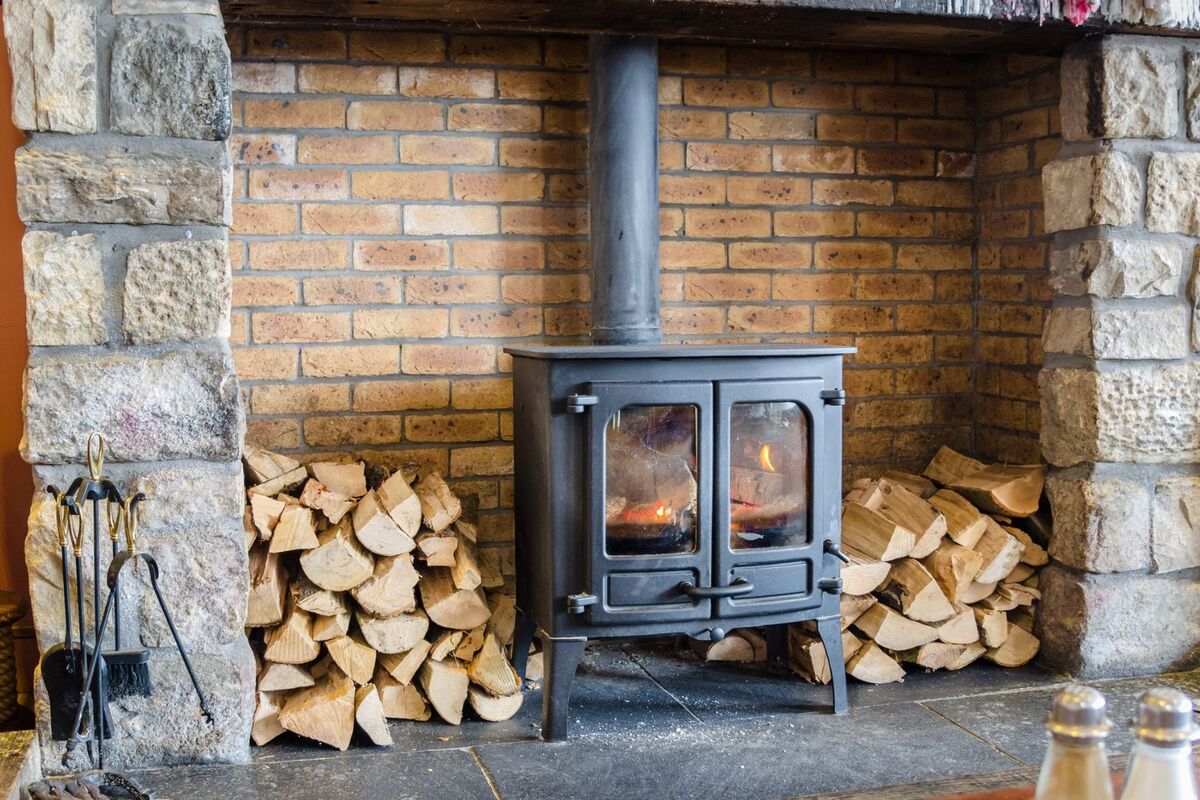

0 thoughts on “How Do I Know If My Gas Fireplace Can Burn Wood”